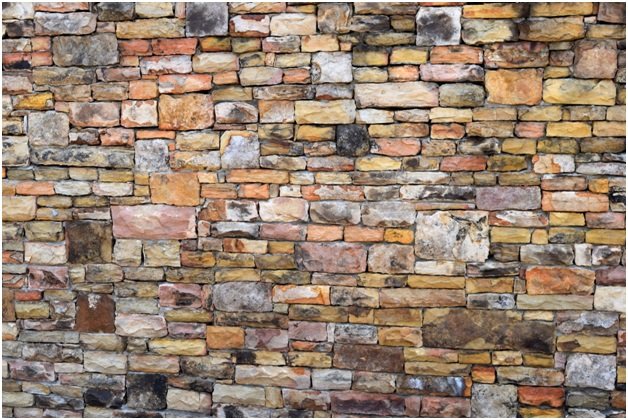Did you know that replacing the siding of your home’s exterior can add an average resale value of $13,195?
Choosing or replacing your exterior house building materials carefully can help save you money, make your home look more attractive, and increase the resale value of your home. Read on to find out how to choose durable exterior building materials for your home.

-
Choose Energy-Efficient Materials to Save Money
Sustainable exterior building materials, such as recycled plastic, wood, or timber crates, are all great ways you can save money and the planet. Homes that want to be more sustainable should think about where they source the material from, the insulation properties of the material, and the color of the materials.
Make sure you check the R-value rating of the material. This indicates how resistant the material is to heat flow and thus how many savings you can make when it comes to your energy bills. You may see here.
-
Look at the Material’s Life Span
The best exterior building materials to use for your home are ones that have long life spans. If you want a durable product then you need to compare different material types and how long they’re expected to survive. Fiber cement lasts around 15 years, with little to no maintenance, and then it needs to be refinished.
Whereas vinyl siding lasts longer, with an average of 40 years, care and maintenance may be needed. Find out more about the length of vinyl sliding and whether it’s right for your home.
-
Think About Maintenance
Building maintenance is another thing you need to consider when choosing the right building materials. If you don’t want to pay costs and spend time on the upkeep of your home then you should choose low maintenance exterior building materials. For example, you might choose the concrete fiber, brick, or stone. Brick facing solutions can minimize the cost.
If you don’t mind maintaining your building materials then you might prefer stucco or wood.
-
Compare Building Exterior Wall Material’s Resistance
Another building material comparison you need to make is the resistance. Some materials might be better for certain climates or weather conditions than others. Water-resistant sidings have longer life spans too.
Fire-resistant materials, such as stucco, brick, concrete fiber, and stone, might also prove to be a deciding factor.
-
Consider Installation
Building installation can add more costs to your build, which is why you need to think about the ease of installation. Concrete fiber requires special tools and experts who know what they’re doing. Whereas, wood siding is easier to install and less costly.
If you’re adding some siding to your home then you need to consider the material too. For example, does the material require a specific skill set, and will you need any specific tools? You might also want to think about how many people it’ll take to install the exterior materials.
Choose the Right Exterior Building Material for Your Home
Choosing the right exterior building material for your home comes down to a number of factors and preferences. There’s no right or wrong answer, there are only considerations and decisions that you need to make that benefit you and your home.
Discover our other home improvement articles, to find out how you can transform your home.




